Quick Takeaways
- Trazodone works as a serotonin antagonist and reuptake inhibitor, making it useful for both depression and insomnia.
- Common alternatives include Zolpidem for quick‑acting sleep, Sertraline for pure antidepressant effect, and Mirtazapine for mood and sleep combined.
- Side‑effect profiles differ: Trazodone can cause daytime drowsiness, Zolpidem may lead to sleep‑walking, while Sertraline often brings gastrointestinal upset.
- Drug interactions matter - avoid combining Trazodone with other serotonergic agents to reduce serotonin syndrome risk.
- Choosing the right option depends on your primary symptom (depression vs insomnia), medical history, and how you tolerate side effects.
What Is Trazodone?
Trazodone is a prescription medication originally approved for major depressive disorder. It belongs to the serotonin antagonist and reuptake inhibitor (SARI) class, which means it blocks certain serotonin receptors while also slowing serotonin reabsorption.
Because of its sedating properties, doctors often prescribe a lower dose off‑label for insomnia, especially when patients cannot tolerate traditional hypnotics.
How Trazodone Works
The drug’s dual action raises serotonin levels in the brain, improving mood, while its antagonism at the 5‑HT2A receptor promotes calmness and sleepiness. This combination makes it a hybrid option for people who suffer from both depression and trouble falling asleep.
Typical Uses and Dosage
For depression, the usual starting dose is 150mg per day, split into two or three doses. For insomnia, clinicians often start at 25‑50mg at bedtime and adjust based on response.
It takes about 1-2weeks to notice mood improvement, but the sleep‑inducing effect can appear after the first night.

Pros and Cons of Trazodone
- Pros
- Effective for both mood and sleep when one drug can cover two problems.
- Lower risk of dependence compared with classic benzodiazepines.
- Generally inexpensive and widely covered by insurance.
- Cons
- Daytime drowsiness is common, especially at higher doses.
- Can cause orthostatic hypotension - a sudden drop in blood pressure when standing.
- Rare but serious side effect: priapism (prolonged erection).
Top Alternatives to Consider
When Trazodone doesn’t fit your lifestyle or health profile, several other drugs target the same symptoms. Below is a snapshot of the most frequently compared options.
- Zolpidem is a non‑benzodiazepine hypnotic that works by enhancing GABA activity. It’s fast‑acting, making it ideal for people who need to fall asleep quickly.
- Sertraline is a selective serotonin reuptake inhibitor (SSRI) used primarily for depression, anxiety, and obsessive‑compulsive disorder. It does not have sedative properties.
- Mirtazapine is a tetracyclic antidepressant that blocks histamine receptors, leading to strong sedation and appetite stimulation.
- Bupropion is a norepinephrine‑dopamine reuptake inhibitor (NDRI) that helps with depression and smoking cessation, but it is activating rather than calming.
- Diphenhydramine is an over‑the‑counter antihistamine that causes drowsiness and is sometimes used short‑term for insomnia.
- Melatonin is a hormone supplement that regulates the sleep‑wake cycle. It’s non‑prescription and works best for circadian rhythm disruptions.
Side‑Effect Comparison Table
| Medication | Common Side Effects | Serious Risks | Dependency Potential |
|---|---|---|---|
| Trazodone | Drowsiness, dry mouth, dizziness | Priapism, orthostatic hypotension | Low |
| Zolpidem | Headache, taste distortion, next‑day grogginess | Sleep‑walking, complex sleep behaviors | Moderate |
| Sertraline | Nausea, insomnia, sexual dysfunction | Serotonin syndrome (if combined with other serotonergics) | Low |
| Mirtazapine | Weight gain, sedation, increased appetite | Rare agranulocytosis | Low |
| Bupropion | Dry mouth, insomnia, tremor | Seizure risk at high doses | Low |
| Diphenhydramine | Dry mouth, blurred vision, urinary retention | Anticholinergic toxicity in older adults | Low |
| Melatonin | Mild headache, dizziness | Very rare hormonal effects | None |
How to Choose the Right Option
Ask yourself three questions before deciding:
- Is my main problem depression, insomnia, or both?
- Do I have a history of heart‑rate issues, low blood pressure, or psychiatric disorders?
- How important is a “no‑hangover” morning to me?
If depression dominates, an SSRI like Sertraline or Bupropion may be better because they target mood without heavy sedation.
If insomnia is the chief complaint, Zolpidem offers rapid sleep onset, but you’ll need to watch for sleep‑walking. For a gentle, non‑prescription route, Melatonin can reset the circadian clock without the risk of next‑day grogginess.
When you need a single pill that tackles both, Trazodone remains a solid candidate, provided you can handle its daytime drowsiness.

Safety Tips and Drug Interactions
Never mix Trazodone with other serotonergic meds (e.g., SSRIs, MAO inhibitors) unless your doctor explicitly allows it. The combination can trigger serotonin syndrome, a potentially life‑threatening condition marked by agitation, rapid heart rate, and high fever.
Alcohol amplifies Trazodone’s sedative effect - keep consumption to a minimum. Likewise, antihistamines, certain antifungal agents, and some antibiotics can raise Trazodone blood levels, increasing side‑effect risk.
Older adults should start at the lowest possible dose (often 25mg at bedtime) because age‑related changes in metabolism heighten the chance of falls.
When to Seek Professional Help
If you notice any of the following, contact your prescriber immediately:
- Painful, prolonged erection lasting more than 4hours (priapism).
- Sudden, severe dizziness leading to fainting.
- Unusual mood swings, thoughts of self‑harm, or worsening depression.
These signals may require dosage adjustment or a switch to another medication.
Summary Checklist
- Identify primary symptom (depression vs insomnia).
- Review personal medical history for blood‑pressure or cardiac concerns.
- Consider side‑effect tolerance: drowsiness, weight gain, sexual dysfunction.
- Check for potential drug interactions, especially other serotonergics.
- Start low, go slow - especially for older adults.
Frequently Asked Questions
Can Trazodone be used long‑term for insomnia?
Yes, many doctors prescribe low‑dose Trazodone for chronic insomnia. Routine monitoring is advised to catch any emerging side effects such as orthostatic hypotension.
How does Trazodone differ from Zolpidem?
Trazodone works on serotonin pathways and also provides mood‑lifting effects, while Zolpidem targets the GABA system for rapid sleep onset. Zolpidem is generally faster but carries a higher risk of complex sleep behaviors.
Is it safe to take Trazodone with alcohol?
Mixing the two amplifies sedation and can cause dangerous drops in blood pressure. It’s best to avoid alcohol while on Trazodone, especially during dose adjustments.
What should I do if I experience priapism?
Seek emergency medical care right away. Priapism is a medical emergency that can cause permanent damage if not treated promptly.
Are there any natural alternatives to Trazodone for sleep?
Melatonin, valerian root, and consistent sleep‑hygiene practices (dark room, regular schedule) are common non‑prescription options. They lack the mood‑lifting benefit of Trazodone but avoid prescription side effects.

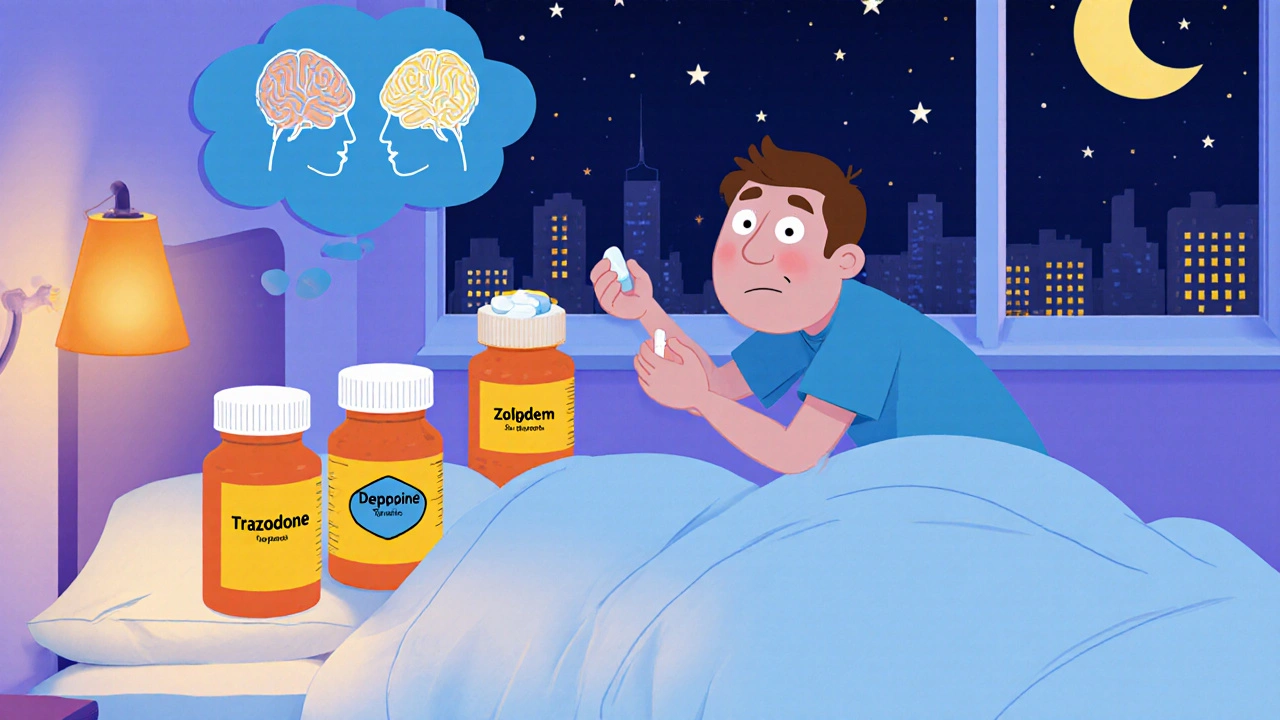


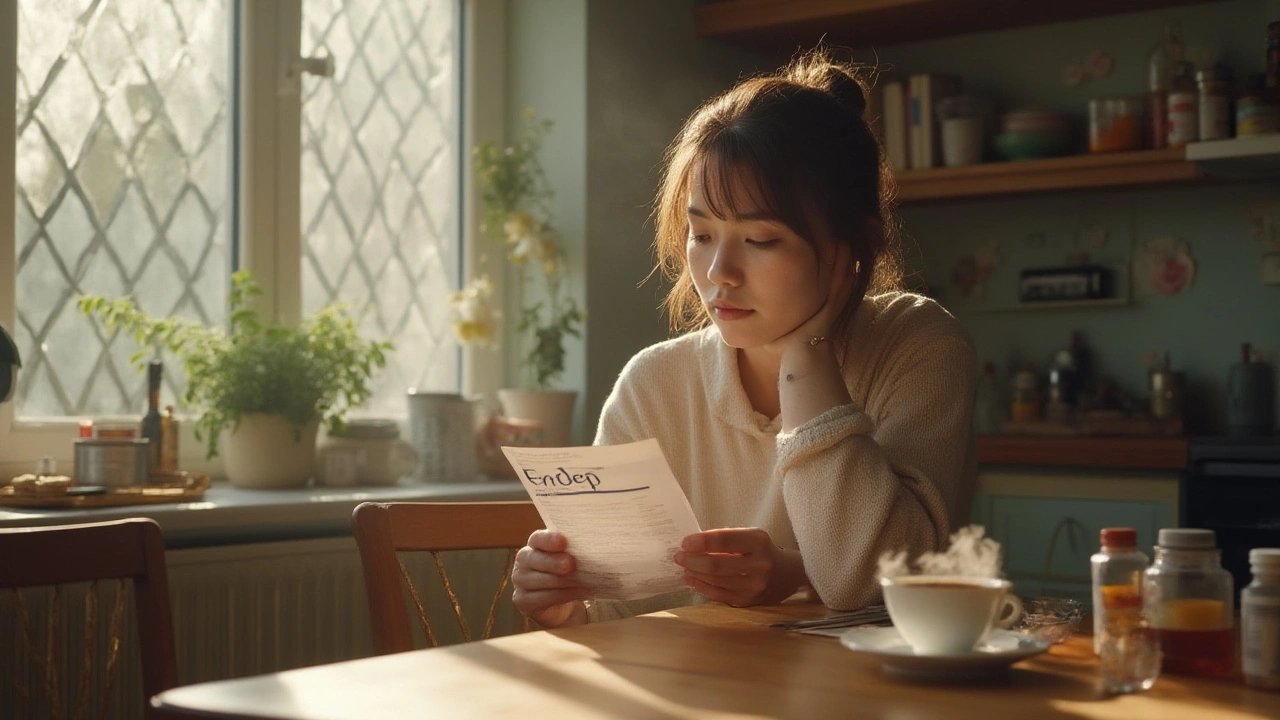
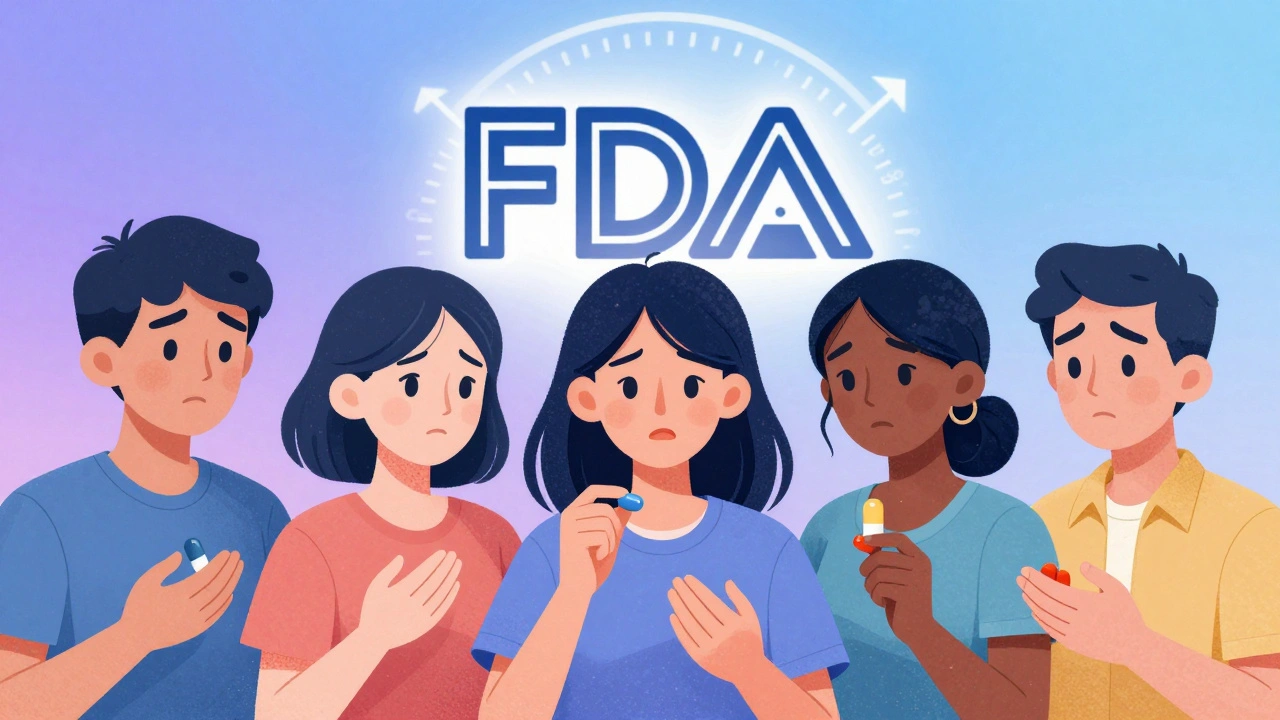
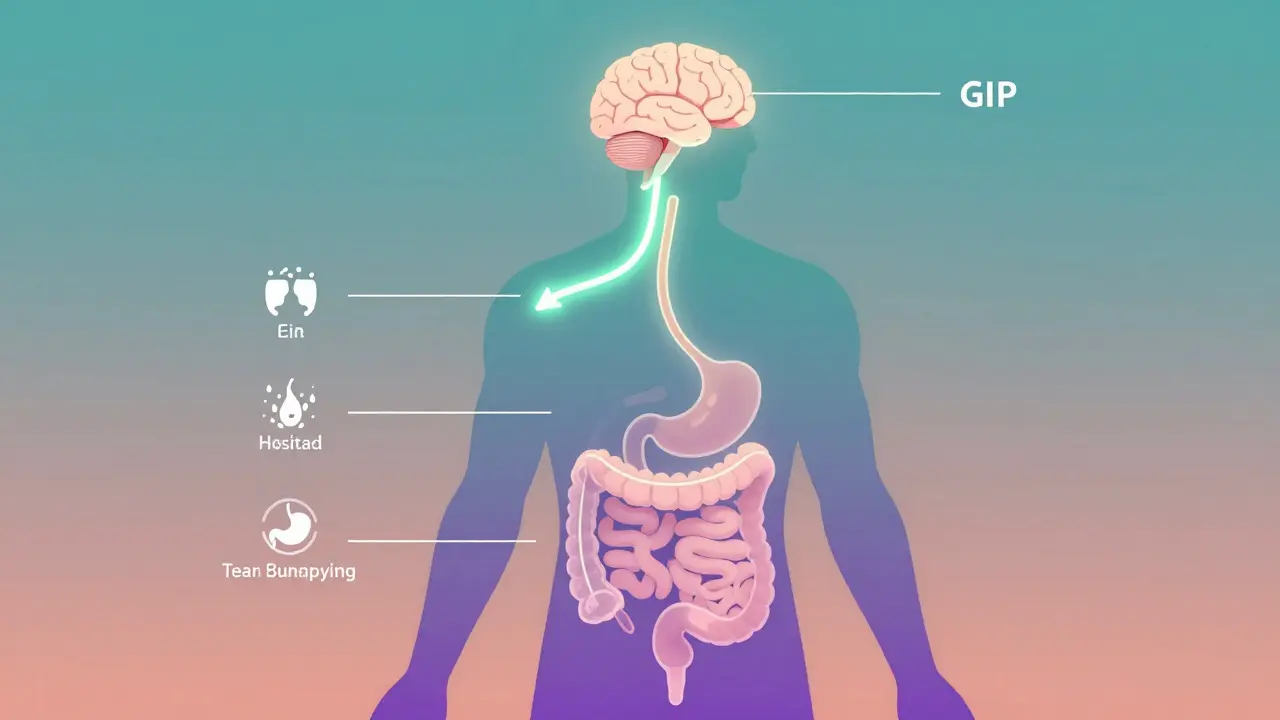


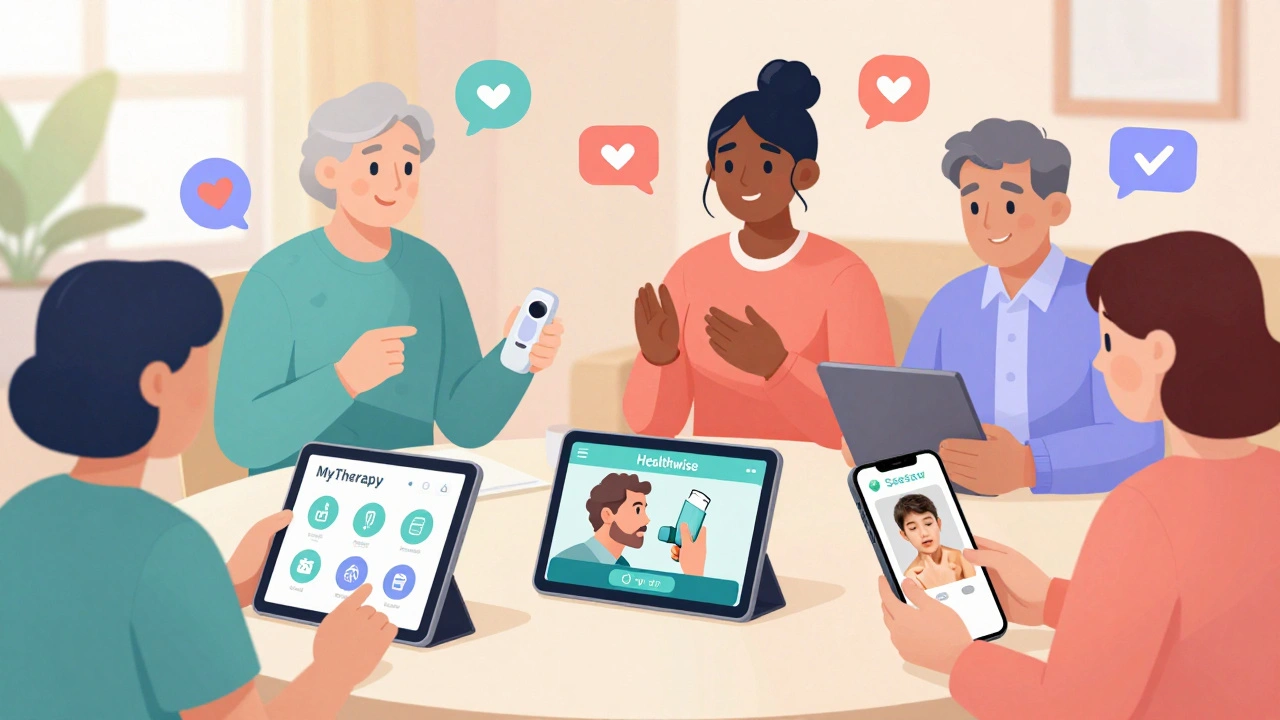
Chris Meredith
October 15, 2025 AT 21:32When you're juggling both depression and insomnia, the pharmacology can feel like a balancing act; Trazodone gives you that serotonergic lift while also pulling the night shift on. The dual mechanism means you might hit two birds with one pill, but you also inherit the trade‑offs-daytime drowsiness can creep in if the dose creeps up. For patients with low blood pressure, watching orthostatic drops is key, so a slow titration schedule works wonders. And remember, mixing it with other serotonergic agents isn’t a game-serotonin syndrome is a serious red flag.
Noah Cokelaere
October 25, 2025 AT 00:09Sure, because who doesn’t love waking up feeling like a zombie after a good night’s sleep.
Brian Jones
November 3, 2025 AT 01:45Look, the data shows that Trazodone’s half‑life can actually help smooth out those early morning mood swings,; however, the downside is the inevitable afternoon fog that some folks report,; it’s a trade‑off you have to weigh against the benefits,; and if you’re already on an SSRI, the serotonergic overlap could be a recipe for trouble,; so monitoring is non‑negotiable,; but hey, at least you’re not on a benzo that can make you dependent.
Alex Mitchell
November 12, 2025 AT 04:22Gotcha – the low‑dose bedtime routine feels like a gentle wind‑down, and the morning isn’t a total crash, lol 😊. Just keep an eye on that blood pressure dip when you get up; a quick sit‑up before standing helps.
Narayan Iyer
November 21, 2025 AT 06:59Yo, the SARI class of Trazodone is basically a serotonin antagonist that also blocks reuptake, which means you’re hitting both the 5‑HT2A blockade and the reuptake inhibition pathways – pretty slick for dual‑symptom control, but the orthostatic hypotension risk is real if you overdo the dose.
Amanda Jennings
November 30, 2025 AT 09:35I hear you on the dosing dance; start low, watch the fog, and give yourself a buffer before morning meetings. The trick is to schedule the dose right after you’re sure you’ll stay in bed, that way the drowsy window lands when you’re already snoozing.
Shweta Dandekar
December 9, 2025 AT 12:12Honestly, we should prioritize patient safety, especially when orthostatic drops can lead to falls, and clinicians have a duty to educate about gradual titration, and the ethical imperative is clear: never sacrifice well‑being for convenience, and informed consent must include these risks, and the ethical imperative is clear: never sacrifice well‑being for convenience, and informed consent must include these risks, period.